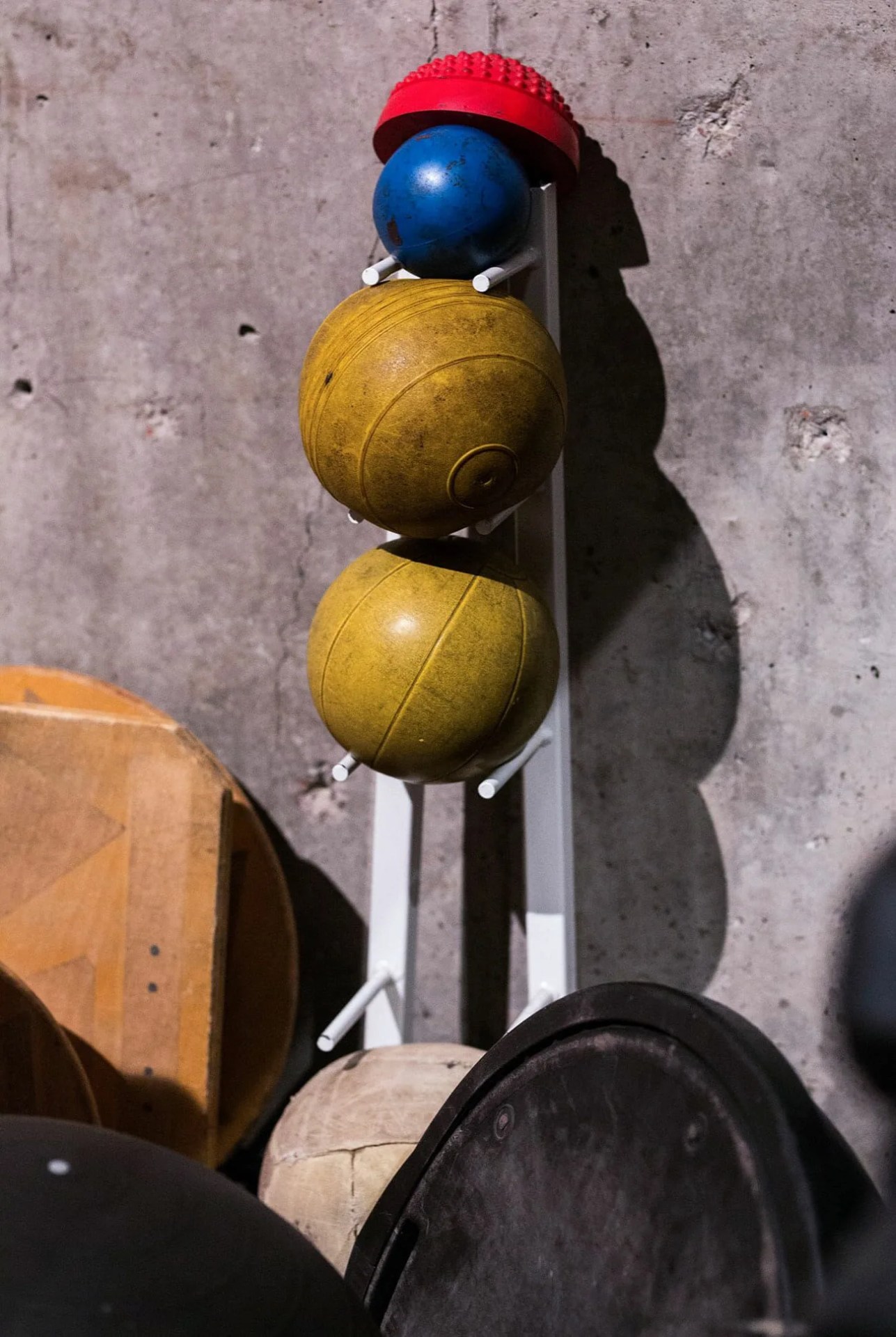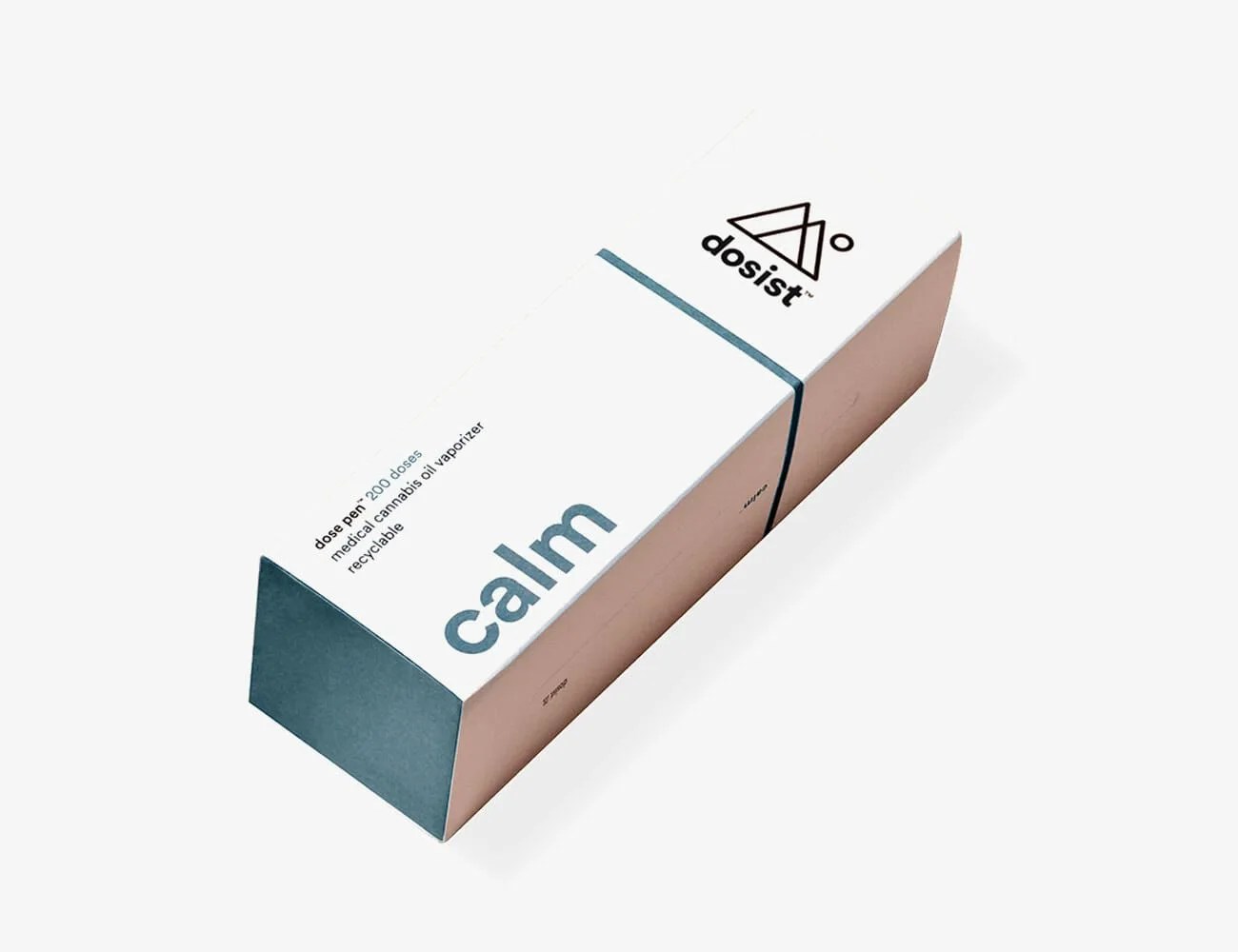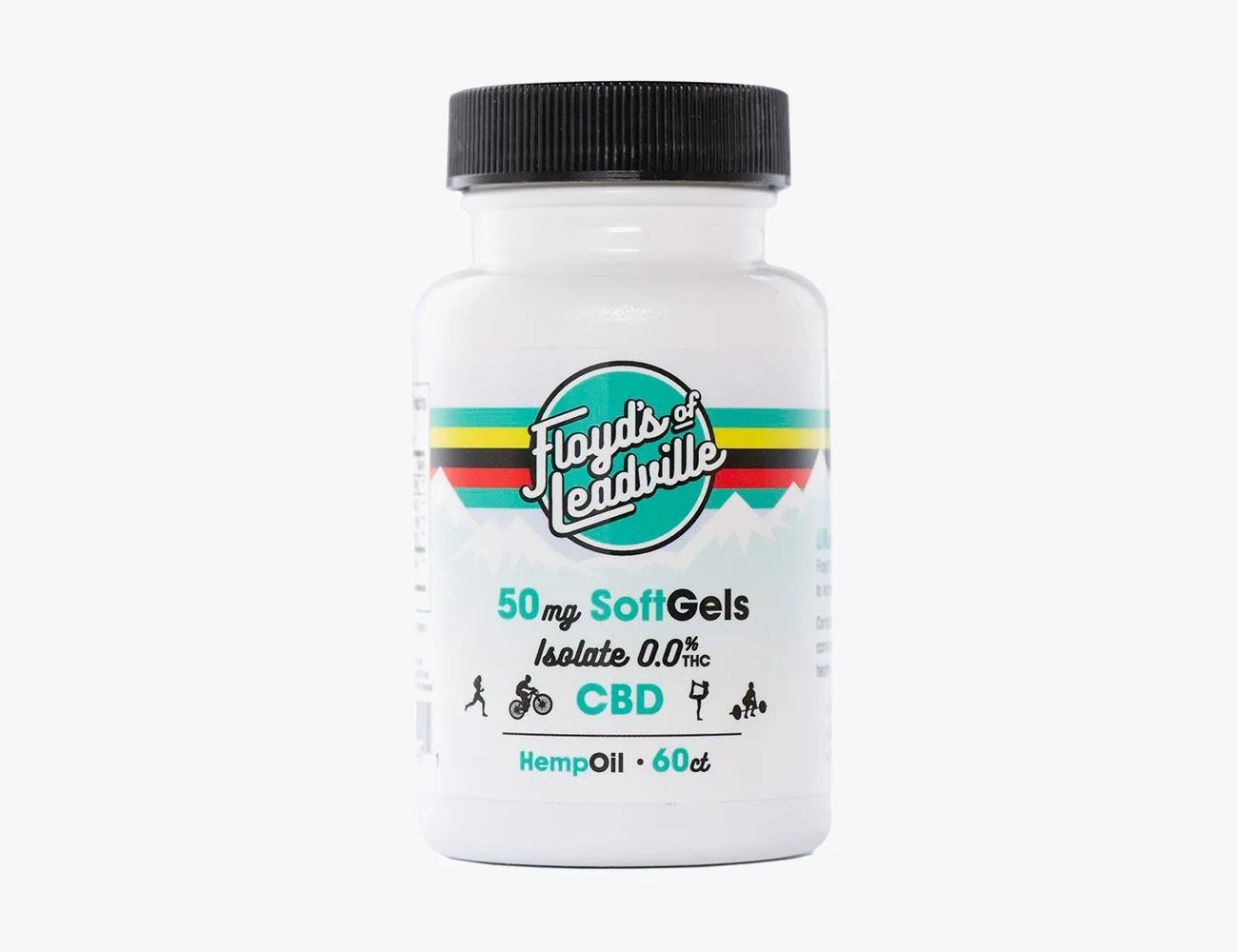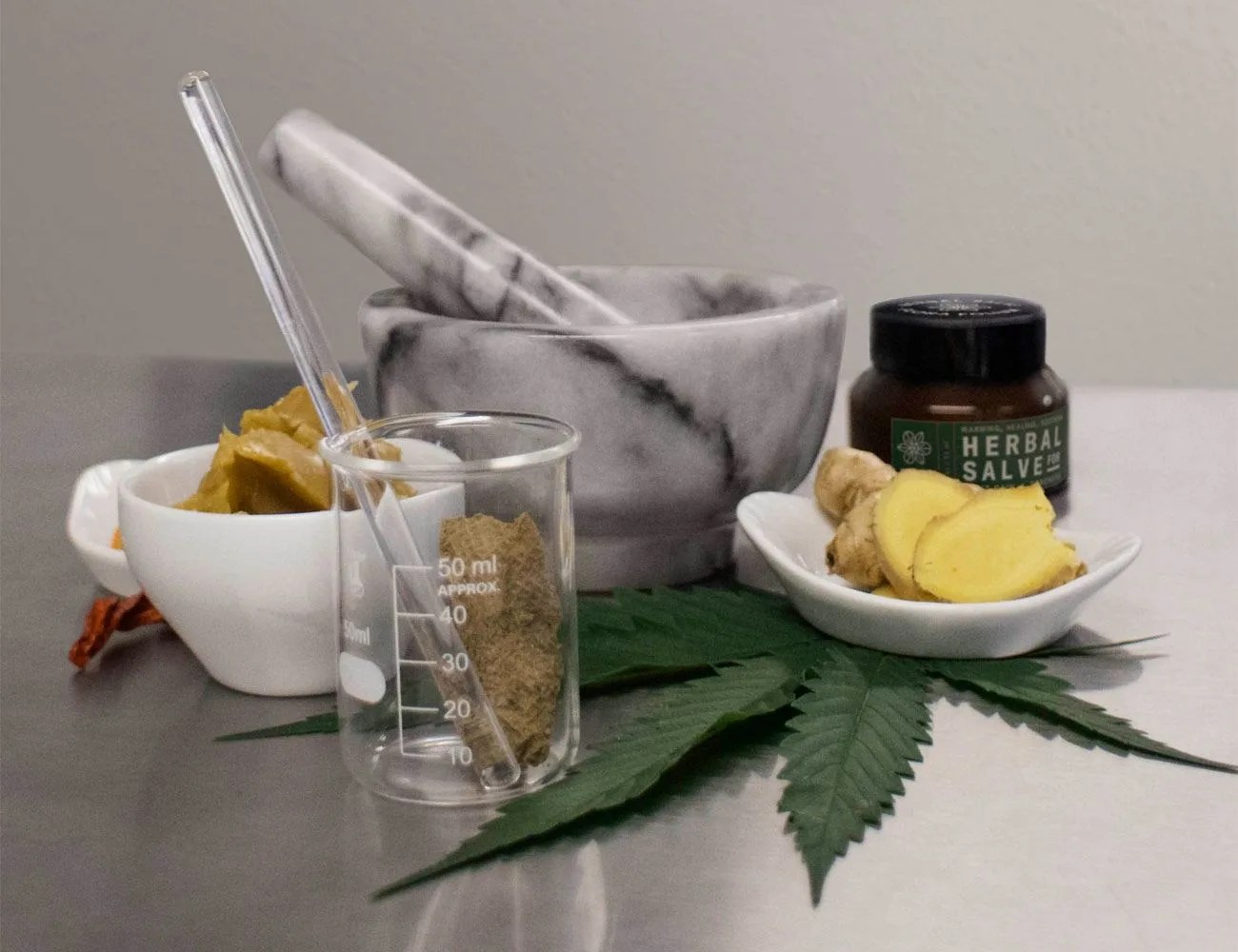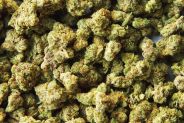Every decade has its drug. They are just as distinct as the music, fashion and cinema that we associate with different eras; often, they even come from the same roots. The 80s gave us Reaganomics, Izod shirts with the collars popped, and U2. It’s hard to imagine much of this wasn’t fueled by untold quantities of cocaine. The 90s gave us house and acid music, shiny neon tracksuits, and a concoction of acronyms such as MDMA, which made that all seem somehow acceptable. Today, it seems very few of us are raving. Given the rise of the gig economy, the decline of political discourse, and the unabashed embrace of flannel and check shirts, it’s no surprise that the signature drug of this decade is one that promises a good night’s sleep, an end to lower back pain and a little help controlling the existential angst that rises up for most of us every time we read the news.
Cannabidiol, or CBD, is the hip drug right now with sales poised to hit $1 billion by 2020. Chances are you’re either using it already, or you’ve heard of it online or from your friend at the gym who won’t shut up about the amazing healing powers of hemp. Sure, CBD is a cannabis-derived compound, but unlike the joints you snuck into college dorms, it won’t get you high. What it claims to do is just about everything else. From anxiety to arthritis via insomnia and indigestion, CBD has become a go-to for athletes, aging people and just about anyone who finds themselves frustrated with chronic conditions. Cannabidiol is a non-psychoactive compound that is found in the hemp plant as well as the marijuana plant. When you consume marijuana as a whole plant, the CBD is accompanied by other cannabinoids and terpenes including its psychotropic cousin — tetrahydrocannabinol, better known as THC — that’s the one that gets you high. When you use CBD alone, you don’t feel high. But if you believe what you read on the internet, you might feel and perform better.
For decades, people have been using weed as a way to treat conditions ranging from headaches to epilepsy. For many people, cannabis was a safer alternative to opiate pain relief or the only way to cope with a painful and distressing condition. It turns out that, in many cases, it was the CBD that was helping and the THC — and its associated high — wasn’t necessary. Ironically, it wasn’t really until recreational cannabis made leaps towards legalization in many states that the medicinal use of CBD really caught on.
Understandably, there is a lot of caution and confusion around what CBD is, how it can be used medically and if it can be used legally. Research is rushing to catch up with the way people use CBD as, for decades, studies on cannabis and its derivatives was virtually impossible due to the fact that the federal government considers it a schedule one drug — the same category as heroin and, bizarrely, one degree more illegal than meth. The Drug Enforcement Administration (DEA) defines schedule one drugs as “drugs with no currently accepted medical use and a high potential for abuse.” So CBD is illegal? Not exactly. The FDA approved Epidiolex, a CBD medication for epilepsy, in June. The DEA classified that product as schedule 5, meaning it had the lowest potential for abuse. Confused yet?
Things are about to get better. A farm bill passed by the Senate in December 2018 makes hemp and its derivatives legal federally, which means that CBD from hemp plants can be purchased, shipped and used anywhere in the US. CBD derived from the cannabis plant, or anything with above 0.3% THC, remains technically illegal federally but might be legal on a state level. With hemp freely available and more and more states moving towards legalization of recreational cannabis, CBD is poised to become the aspirin of the new millennium. Given how much hype there is around CBD, it seems about time to work out if it belongs in the gym bag, medicine cabinet or in that little box you keep hidden in your dresser drawer as if your mum is going to bust you for smoking weed — even though you don’t live with her anymore.
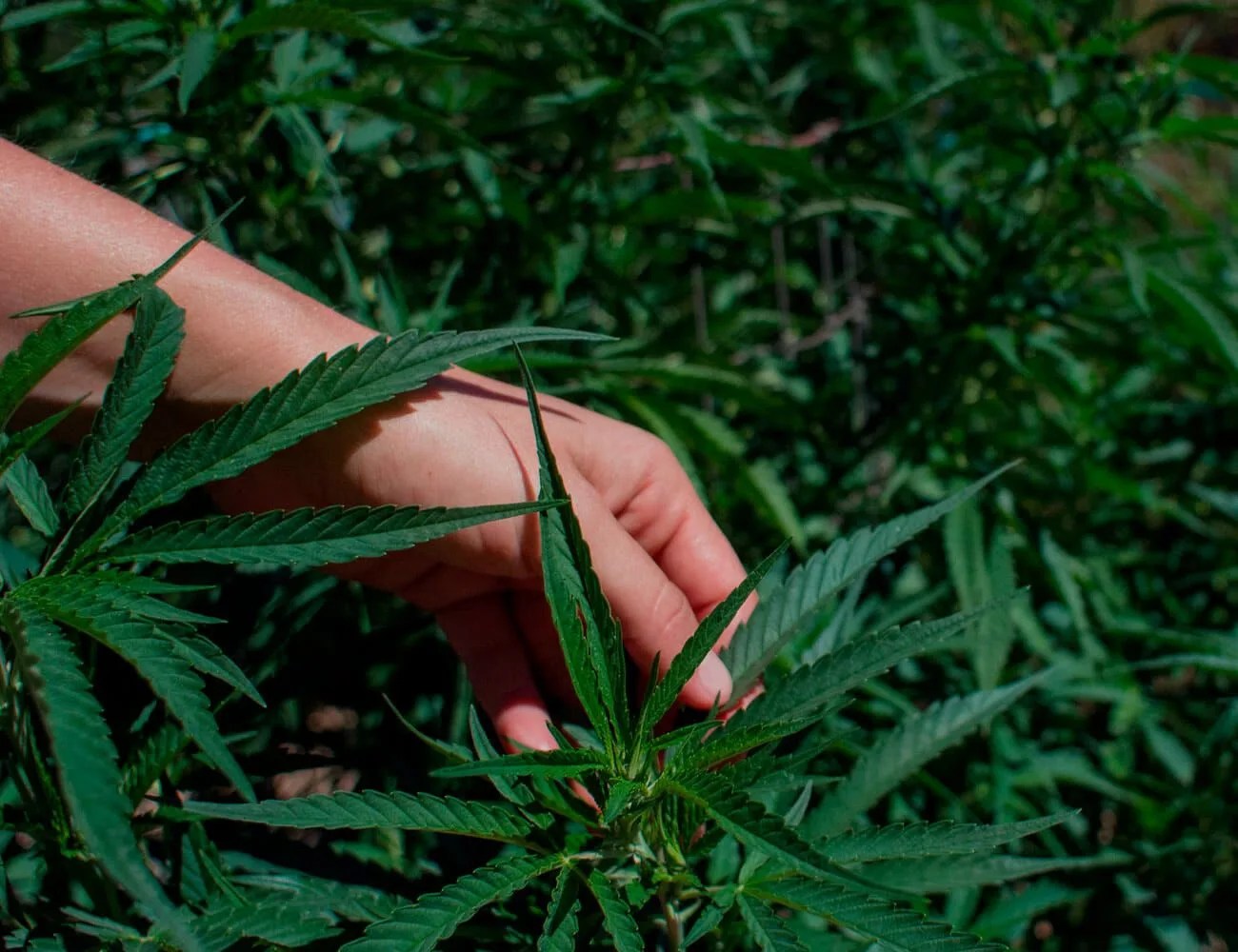
Photo: Flora Folium

